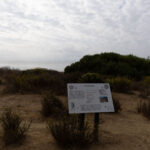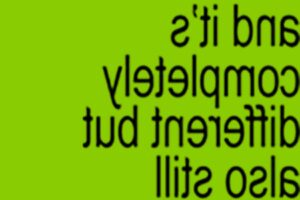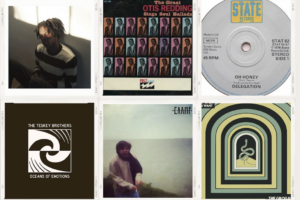The PLNU Choral Union and Orchestra presented the masterpiece of Handel’s “Messiah” last Sunday in Brown Chapel. Featured soloists included Krista Wilford, Kiana Bell, Kelsey Kammerad, Phillip Dannels, Anthony Whiton-Martini, and Alex Cosio Santillan.
Like a favorite movie or pop song, Messiah becomes more meaningful the more times you hear or, better yet, sing it. Dr. Keith Pedersen, professor of music and “Messiah” conductor, said via e-mail, “I would encourage every PLNU student to at least hear it and, if possible, sing it before they graduate.” The Point Weekly asked Pedersen via email his thoughts on the performance that has been a PLNU tradition for 70 years.
Point Weekly: How did the tradition begin to perform Handel’s “Messiah” at Point Loma Nazarene University?
KEITH PEDERSEN: We have records that show a large section of Messiah being performed at Pasadena College as part of a choral concert as far back as 1933. I don’t know why that decision was made. I speculate it was performed then for similar reasons we perform it today: it is a telling of the most amazing story ever told, the story of Redemption, through some of the most beautiful music ever written. In 1933, this work had a performance tradition in England going back almost two centuries. This tradition of regular performances is now close to three-hundred years old and has spread around the world.
PW: What makes “Messiah” a unique Christmas performance?
KP: Messiah was originally performed during Lent, when the theaters of London were closed, and the performance of operas was prohibited. Because the opening part of the oratorio is concerned with the birth of the Messiah, many performances nowadays occur around the Christmas season. It is unique because every word sung is taken from the Bible, and because of the long and wide-spread popularity of this masterpiece.
PW: What does the production of “Messiah” mean to you?
KP: It is first of all a chance for me to honor God by sharing God’s marvelous plan for redeeming a fallen humanity through music of great expressive power and beauty. Secondly, it allows me to share this magnificent cultural and musical masterpiece both with new generations of young people and with people from our community. It is a ministry through music.
PW: What is your role in the production?
KP: In collaboration with my colleagues in the music department and with the help of our department assistants, I produce, rehearse, and conduct the performance as part of my teaching assignment at PLNU.
PW: Since taking over conducting the “Messiah” in 1998, have you altered the traditional “Messiah” to make it your own?
KP: Every live performance of music is unique. I do cut the complete work –about three hours long–into four 90-minute concerts, rotating them so students have a chance to sing all but one chorus by the time they graduate.
PW: Have you seen “Messiah” improve overtime?
KP: As people get used to my way of performing it, I believe they have gotten better at recreating my plan.
PW: How do you think “Messiah” has impacted the students at PLNU and also people in the community?
KP: I can recount many stories that reflect how this work has impacted its performers: students who experience their first Christmas humming Messiah choruses every time they read or hear these familiar Scriptures; community members who have sung the work more times than years my students have been alive; former students who come back to sing with us a way of aiming to connected to their alma mater, and community members who come to rehearsal the week after losing their house in San Diego’s terrible Cedar Creek fire because it’s the only thing keeping them going.
PW: Is PLNU’s “Messiah” only sung on campus? Or has the choir traveled to different places as well?
KP: Twice in 16 years we have taken Messiah to the Maranatha Chapel in Rancho Bernardo to perform for approximately 3,000 people.







